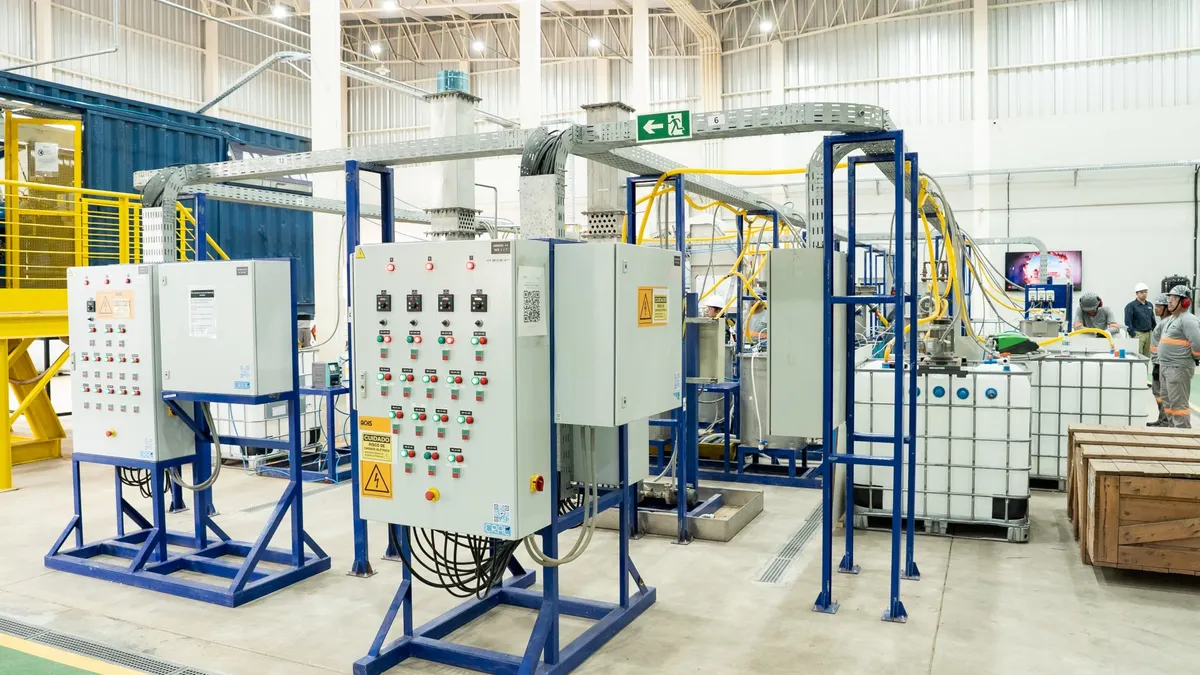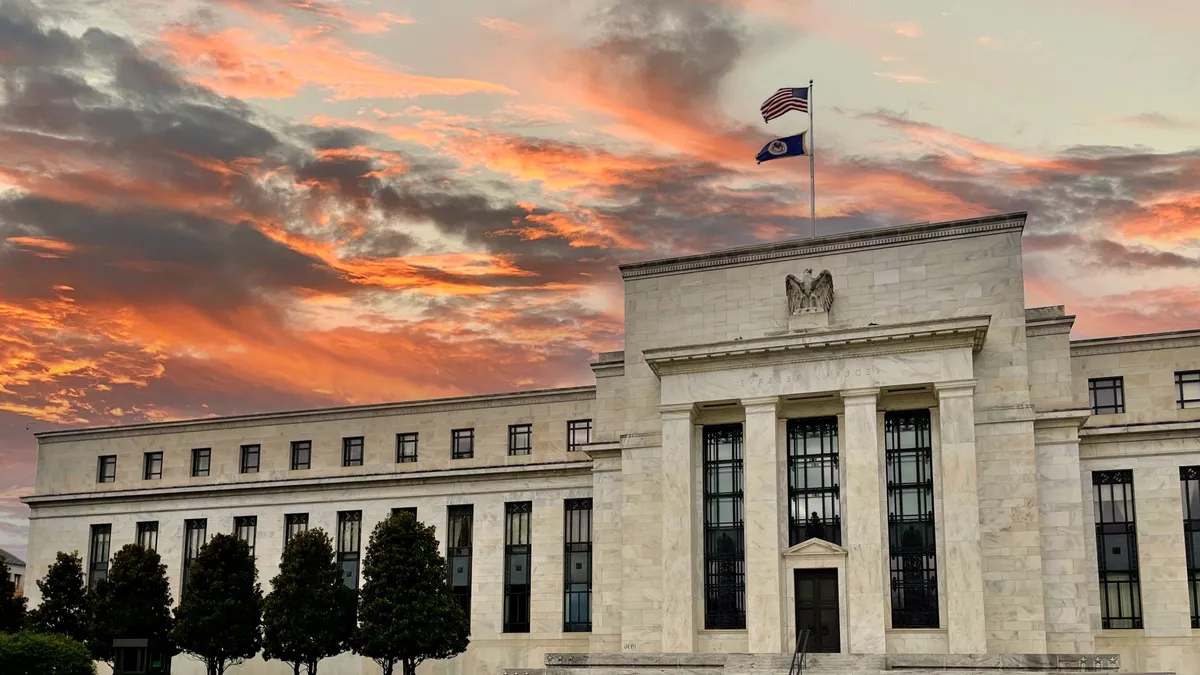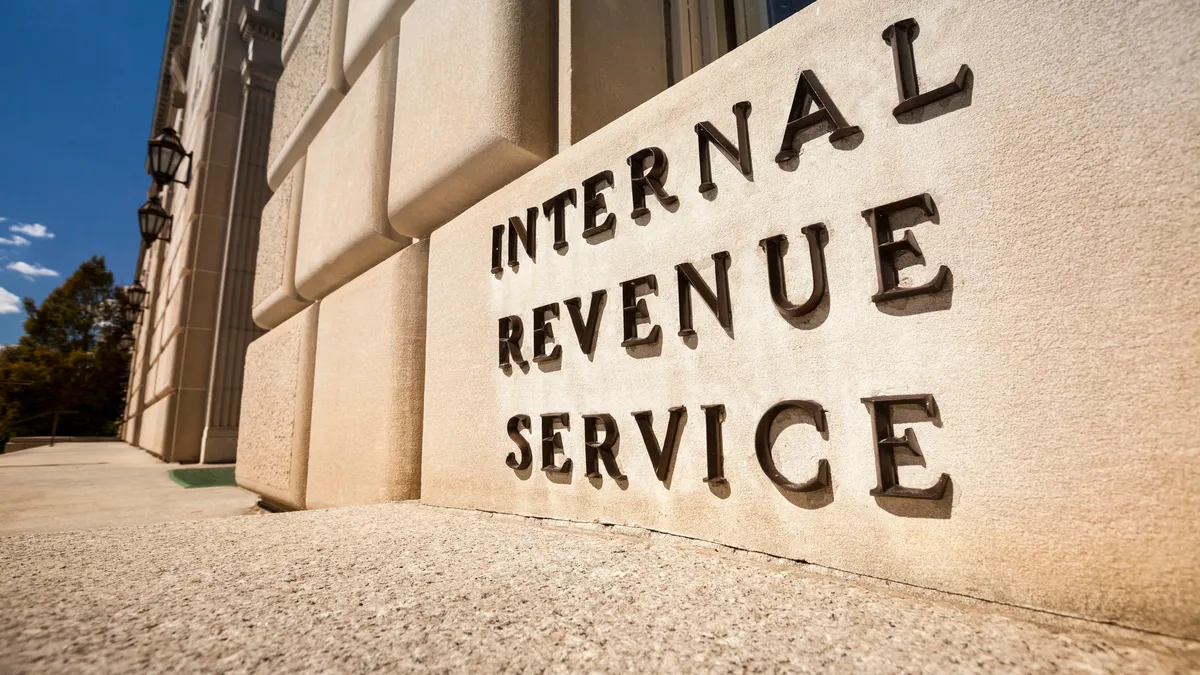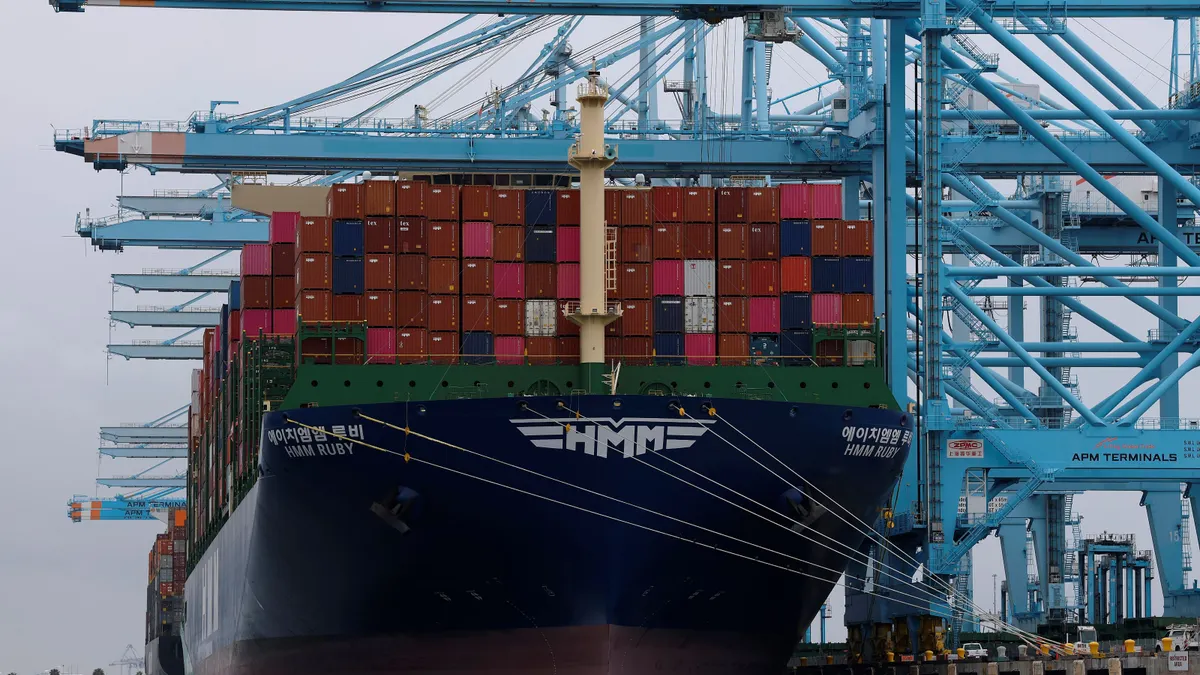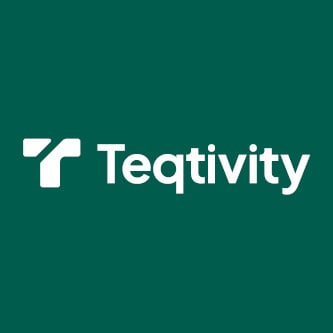CFOs of early-stage biotechnology firms get a lot of practice in the art of raising money.
No matter the market cycle, they must find capital to fund costly research that will ideally lead to new drugs or treatments that generate revenue — and turn them cash-flow positive.
Finance chiefs at pre-revenue companies must tamp down cash-burn as much as possible, get employees paid and keep labs operating while continually building a funding runway. “The minute we close one financing, you have to start thinking about the next one,” Scott Praill, CFO of San Diego, Calif.-based Kintara Therapeutics, said in an interview. “That’s always on your mind.”
In San Francisco last week many biotech executives got a chance to pitch their firms either at or on the sidelines of the annual JPMorgan Healthcare Conference and the Biotech Showcase Conference. But biotech is a harder sell than it was early in the pandemic. Overall healthcare venture capital funding dropped down to $21.8 billion last year compared with the record $28.3 billion record hit in 2021, according to Silicon Valley Bank’s 2022 Healthcare Industry Trends report.
CFO Dive talked with three biotech CFOs about the current financing cycle and the strategies they’ve developed over the years for keeping the funds rolling in.
Escaping warrant overhangs
San Diego, Calif.-based Kintara is focused on developing new solid tumor cancer therapies to treat brain cancer. Because it’s publicly traded it has an extra financing lever: stock offerings.
But while it’s usually possible to raise money through various cycles, in challenging times the capital doesn’t always come at terms you can live with, Kintara’s CFO, Praill said.
Currently most stock offerings come with warrants which give the holders the chance to buy shares of the company at a certain price in the future. That exposes the company and existing shareholders to a so-called warrant overhang, a term that refers to the prospect of a potential dilution event on the horizon.

“There were tons of no-warrant deals done during COVID. Then things got tighter and investors now want more upside,” Praill said. In the wake of that shift, the company is looking to raise money through other non-dilutive sources, he said.
For example, they are looking to partner with other companies, considering pursuing convertible debt and making a more focused effort to obtain federal grant funding. “That’s our point of emphasis, the non-dilutives,” he said.
Despite the advantage of being able to tap public markets, Praill advises companies to weigh the cost of going public. It’s expensive to meet all of the requirements of being a public company, he said. Separtely, once you’re at the funding trough, Praill advises companies to secure more than they think they need. “Raise as much as you can when you can,” he said.
Shifting to a rolling close
Salt Lake City, Utah-based Halia Therapeutics is a clinical stage biopharmaceutical company which is developing medicines that treat diseases characterized by chronic inflammation.
Halia CFO Jeff Burton is currently in the process of raising a $50 million series C round — the biggest preferred round the company’s ever done. That effort has been complicated by two factors.

One is that the firm has sought to focus on raising money from high networth individuals and family offices rather than going the venture capital financing route. The company prefers to averting the loss of control that sometimes comes with venture capital money, he said.
The second is the volatile market itself. Burton had originally planned to have two closings for the series, one in December and one in January or February. But as last year progressed, some investors had deals of their own delayed that they needed to close in order to free up cash. Others had tweaked their own investment strategies as market brightened.
For example, one of the firm’s big investors, comprising about 10% of the round, asked to contibute their funding in January rather than December as planned. Burton agreed and then made the decision to switch from two fixed closes to a rolling close to accommodate the shifting market.
A decision like that can make it harder to show the kind of momentum that is key to building confidence with other investors, he said. But Burton said he’s still on track to close the round in the next few weeks which would gain him enough runway to fund operations and clinical trials to the end of 2025.
It helps, he said, to have started the prospecting with a time cushion built in. Even without the latest funding completed, Burton said he would have had enough capital to finance the company through this year and into 2024. “We didn’t wait until the last minute,” he said. “We were mindful of our cash and mindful of the runway.”
Reopening a round
Teresa McRoberts has worked through numerous cycles over the course of her career in the biotech and pharmaceutical sector, including in the 1980s and 1990s as a vice president at JPMorgan when she was on the other side of the financing table.
When McRoberts joined the Austin, Tex.-based cell-therapy company Triumvira Immunological about two years ago, she had a front row seat to the latest biotech downturn that has delayed the private company’s plans to go public.
“I joined basically at peak of the biotech market in 2021,” McRoberts recalled. “We had a term sheet and were midway through syndicating a series B and then everything just stopped and the biotech markets started going down.
She says the company will ultimately go public when both it and the market are ready. But these days, a good idea is not enough and companies need to show they can execute and deliver on a concept. McRoberts is hoping the company will have some key data in hand in the first part of this year to help draw more interest from investors.
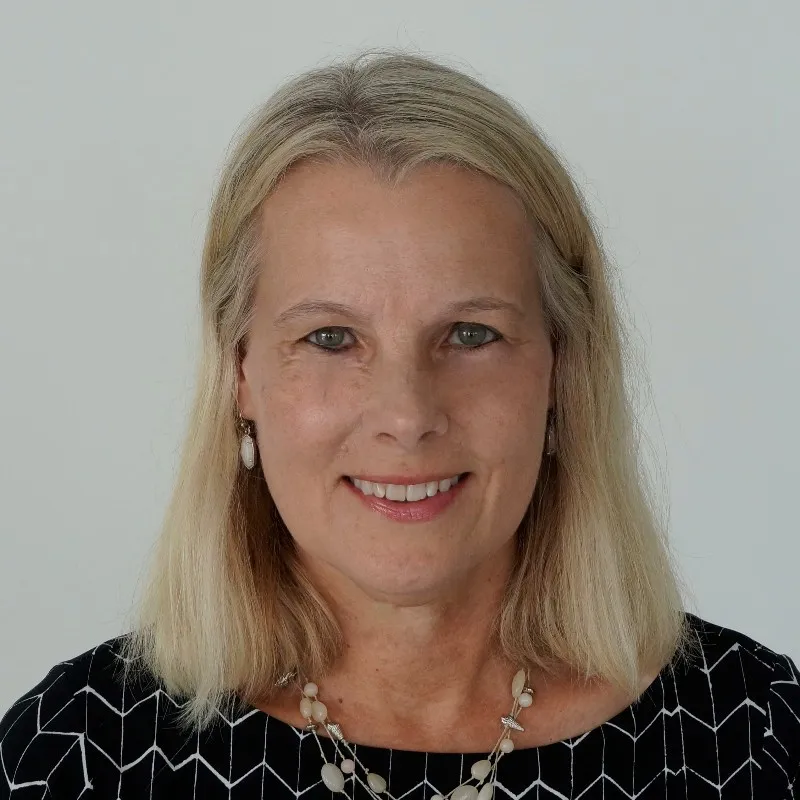
Still, McRoberts didn’t let the chilled appetite for biotechs stop the company from moving forward. Instead McRoberts found an alternative route. Triumvira extended its financing runway by reopening its existing Series A round. “With existing investors, the easiest way for them is to simply reopen a vehicle they’ve already used,” McRoberts said.
Two of its longer-term investors, Leaps by Bayer and Northpond Ventures, took part in an initial Series A that closed in 2020 and were part of a second financing in 2021, according to a spokesperson for Triumvira. In late 2021 and 2022 there were two additional tranches that also included another new investor. By March Triumvira announced it had completed the extension of its Series A financing, valuing the funding at roughly $100 million.
As for advice for other biotechs, she says the fundraising process requires patience. “It’s a lot of work and it’s somewhat repetitive talking to people and sending out slidedecks and telling your story over and over again,” McRoberts said. “You’re going to have to talk to a lot of people to find a few key investors.”








